
This story originally appeared on SmartAsset.com.
For Americans seeking a more affordable and less crowded alternative to the bustle of a big city but who are not interested in very small towns, a mid-sized city might be the best place to put down roots. But not all of them are equally suited to meet the needs of their inhabitants. That’s why SmartAsset crunched the numbers on a variety of financial factors to find the mid-sized cities that are the most livable.
To do so, SmartAsset considered data for 227 cities.
SmartAsset first compiled a list of all the cities with at least 100,000 residents, excluding the 100 most populous cities. Note: Some cities that have appeared in past studies may not be in this year’s version because of shifting population totals.
We compared all of the cities across the following eight metrics:
- Gini coefficient. This is a statistical measurement of income inequality. A Gini coefficient of zero indicates total equality of wealth distribution, while a coefficient of 1 indicates total inequality of wealth distribution across groups.
- Median home value change. This is the percentage change in median home values from 2015 through 2019. Data comes from the U.S. Census Bureau’s 2015 and 2019 one-year American Community Surveys.
- Median monthly housing costs.
- Percentage of residents below the poverty line.
- Median household income.
- Unemployment rate. Data comes from the Bureau of Labor Statistics and is for July 2020.
- Percentage of residents without health insurance.
- Average commute time.
Data comes from the U.S. Census Bureau’s 2019 one-year American Community Survey except where noted.
First, we ranked each city in every metric. We then found each city’s average ranking, giving each metric an equal weighting. We used this average ranking to determine a final score. The city with the best average ranking received a score of 100, and the city with the worst average ranking received a score of zero.
Following are the most livable mid-sized cities.
10. Sparks, Nevada
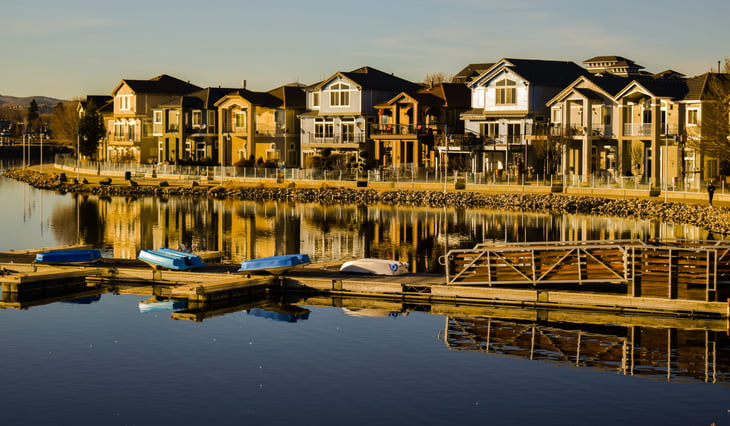
In Sparks, Nevada, home values increased by 44.85% from 2015 to 2019, the 30th-highest increase for this metric in the study. Sparks ranks 50th-best for its July 2020 unemployment rate overall, 8.1%.
While Sparks ranks within the bottom half of the study for median monthly housing costs, which amount to $1,354, the city has a Gini coefficient of approximately 0.39, indicating relatively low income inequality.
9. Round Rock, Texas
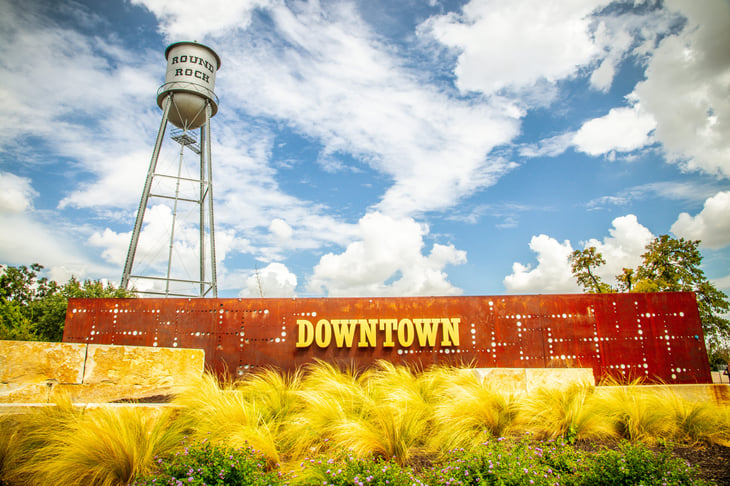
Round Rock, Texas, has the 15th-lowest July 2020 unemployment rate in the study, at 6.2%. It also has the 23rd-best Gini coefficient and the 20th-lowest poverty rate, at 6%.
Round Rock does rank in the bottom half of the study for its fairly high percentage of residents who are without health insurance, at 10.4%. But it ranks within the top 50 of the total 227 cities for median household income ($86,145) and 2015-2019 change in home value (40.76%).
8. Santa Clara, California
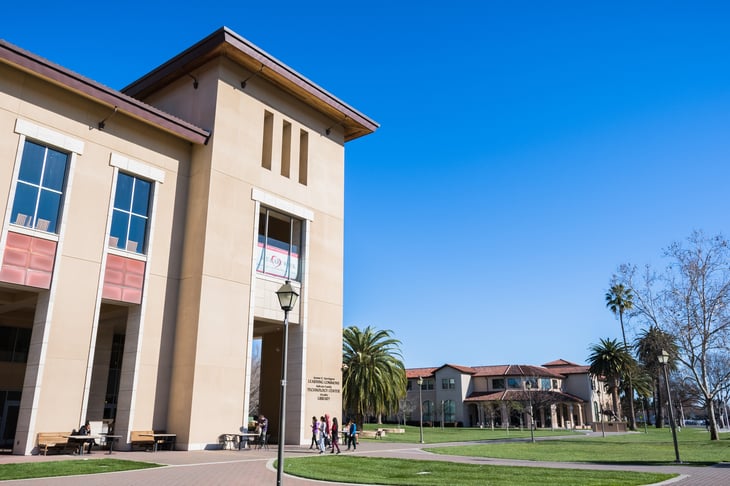
Santa Clara, California, has a median household income of $147,507, the third-highest in the study and highest in the top 10. That said, it ranks near the bottom of the study for its relatively high median monthly housing costs, at $2,629. Home values have gone up quickly in Santa Clara, increasing by 47.65% over the past four years, the 18th-highest jump across all 227 of the cities we analyzed.
The city also ranks 10th out of 227 for its relatively low poverty rate and 14th of 227 for its relatively low percentage of residents without health insurance.
7. Hillsboro, Oregon
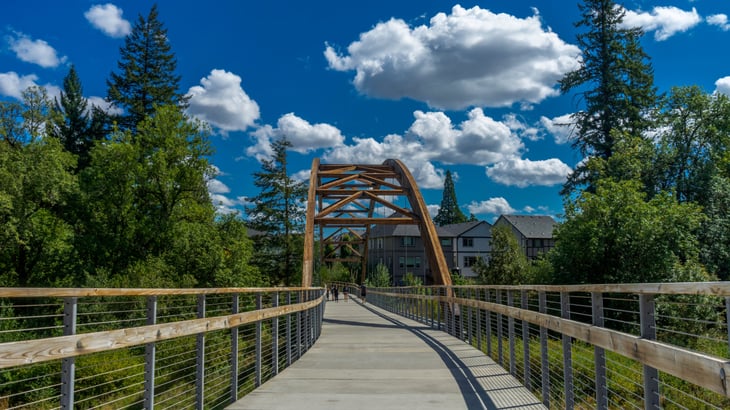
Hillsboro, Oregon, has the 17th-best Gini coefficient in this study, indicating relatively low levels of income inequality. Hillsboro ranks within the top 50 of the study for median household income ($86,038) and the percentage of residents without health insurance (5.6%).
It also ranks within the top 60, or roughly the top quartile of the study, for its relatively high 2015-2019 change in home value and its relatively low poverty rate.
6. Arvada, Colorado

In Arvada, Colorado, home values have risen 46.18% over the four-year period from 2015 to 2019 — the 25th-highest jump in the study and third-highest in the top 10.
While Arvada doesn’t fare as well in terms of commute, coming in 155th out of 227 with an average commute time of 29 minutes, the city’s unemployment rate in July 2020 was a relatively low 7.2%, ranking 32nd out of 227.
5. Centennial, Colorado
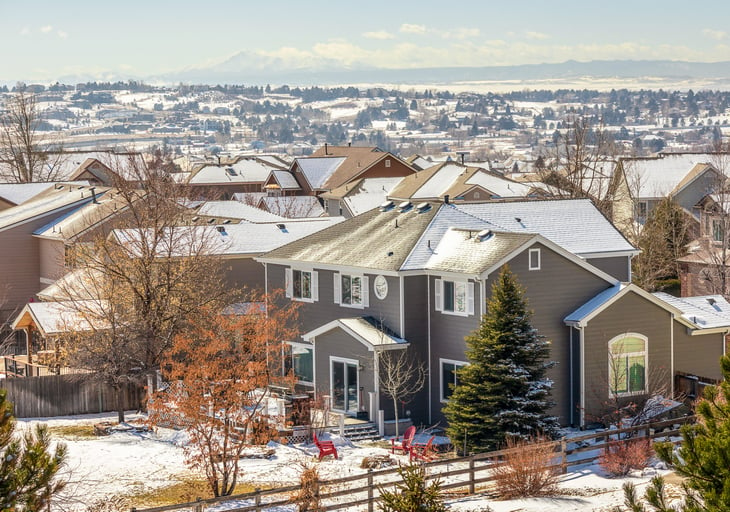
Another Colorado city — Centennial — has a poverty rate of 3%, the second-lowest in the study. Centennial also has the 14th-highest median household income of all 227 cities we analyzed, $111,257.
The city ranks 11th in terms of the percentage of residents without health insurance, with just 3.9% of people in Centennial being uninsured.
4. Meridian, Idaho

Meridian, Idaho, saw home values increase by 55.61% from 2015 to 2019, the ninth-highest jump in the study and the highest in the top 10.
The July 2020 unemployment rate in the city was a low 5%, the second-best rate of all 227 cities that qualified for this study. Meridian’s Gini coefficient is the 14th-best, implying relatively low levels of income inequality.
3. Overland Park, Kansas
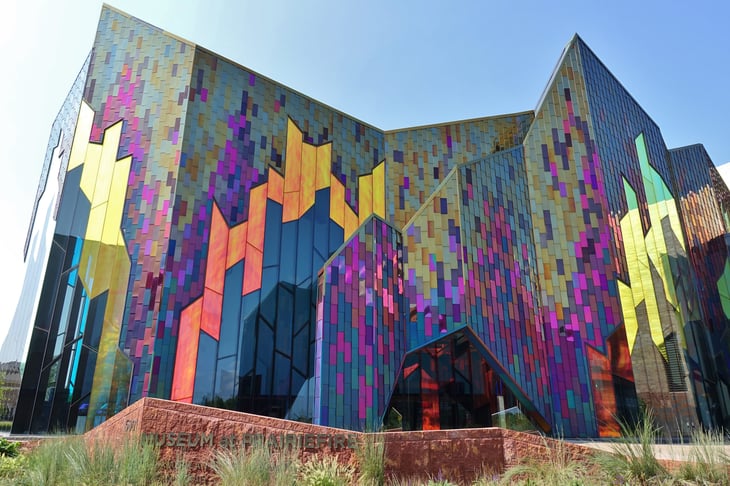
Overland Park, Kansas, ranks within the top 20% of cities in the study for four of the eight metrics we considered. The poverty rate in the city is 3.8%, eighth-lowest in the study. Overland Park is tied for 19th in terms of its July 2020 unemployment rate, coming in at 6.6%.
The city also places 31st for the percentage of residents without health insurance, at 5.2%. Furthermore, the median household income in Overland Park is 39th-highest out of 227, at $91,518.
2. Olathe, Kansas

Olathe, Kansas, ranks 12th-best for the Gini coefficient. Olathe has a poverty rate of 6.3%, 24th-best among the 227 cities we analyzed.
The city’s July 2020 unemployment rate is tied for 19th-lowest, at 6.6%. Median household income in Olathe ranks 34th overall and is third-highest in the top 10, at almost $94,300.
1. Rochester, Minnesota
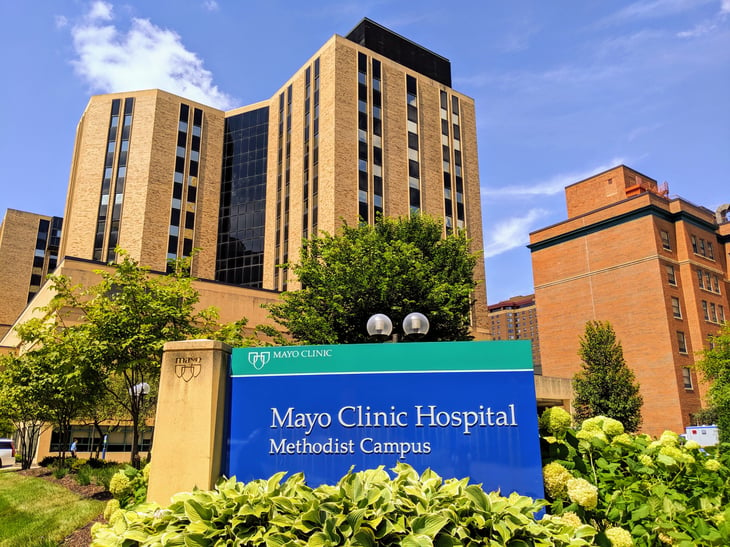
Rochester, Minnesota, has an average commute time of just 16.2 minutes — the fifth-lowest in the study — so you don’t need to worry about adding on an extra few hours to your work day that you’ll have to spend in the car.
The city had an unemployment rate of 7% in July 2020, the 31st-lowest of the total 227 cities we studied. It also ranked 42nd for its relatively low poverty rate, which comes in at 7.4%.





Add a Comment
Our Policy: We welcome relevant and respectful comments in order to foster healthy and informative discussions. All other comments may be removed. Comments with links are automatically held for moderation.